Whether you’re in Kingston for a day or a week, Kingston Trolley tour makes it easy to see the city’s limestone architecture and historic sites. The ride itself includes a narrated overview of Kingston’s three-hundred-plus years of history. Read on for a rundown of the nine stops on a Kingston Trolley tour and how each plays a crucial part in telling the city’s story.
Stop 1: City Hall
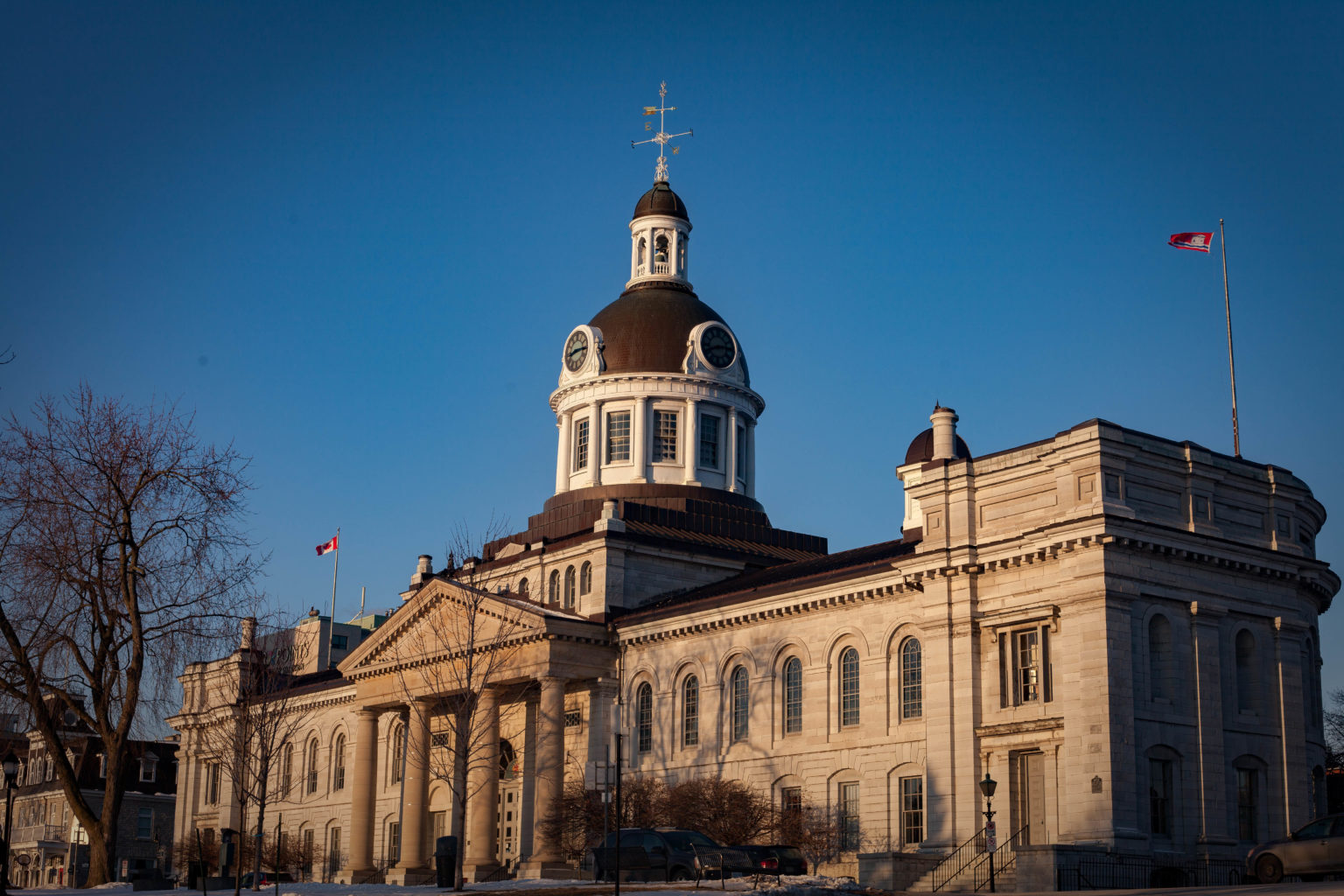
Your tour starts near City Hall—the seat of Kingston’s municipal government since 1844, when the city was still Canada’s capital. Take a free guided tour of City Hall every day of the week to get the inside story on why the council chamber was once used as a medical college and how a fire destroyed almost half the building in Kingston.
Stop 2: Royal Military College of Canada
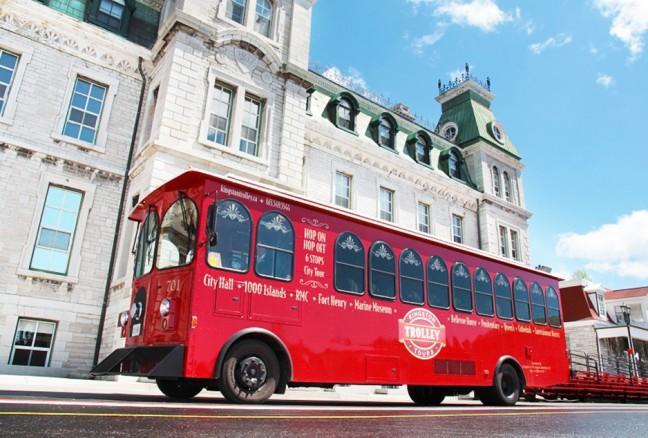
For the next stop, you’ll head over to the Royal Military College of Canada (RMC), a degree-granting university established in 1874 that trains students on all subjects related to the military profession. Check out the RMC Museum from 10 am – 5 pm daily for info on the college’s history, former cadets and the beautiful site (free).
Stop 3: Fort Henry
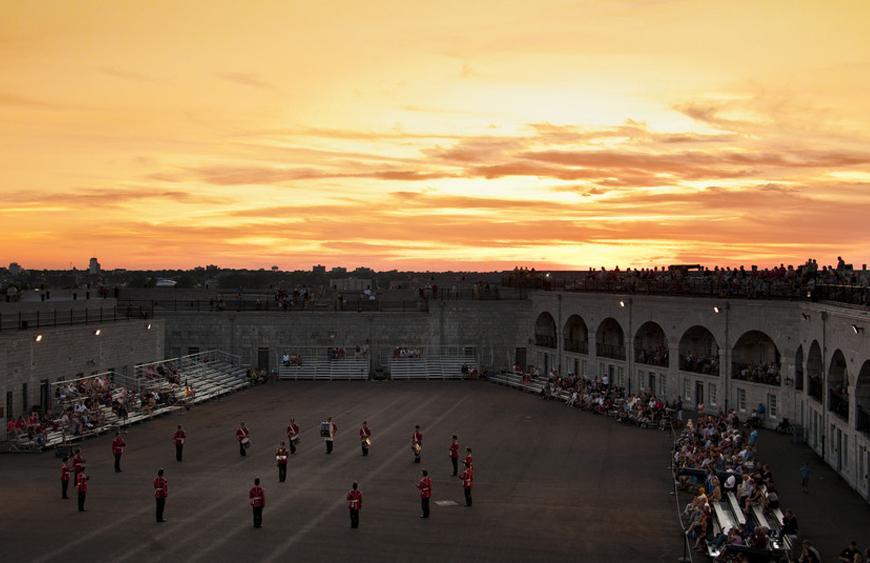
Built from 1832 to 1837, Fort Henry’s purpose was to protect the naval dockyard at Point Frederick, the entrance of the Rideau Canal and Kingston, once a major transshipment point. Once inside the wooden gates, you’ll step back into the 19th century with a little help from guided tours, musical performances, and military demonstrations.
Stop 4: Springer Market Square
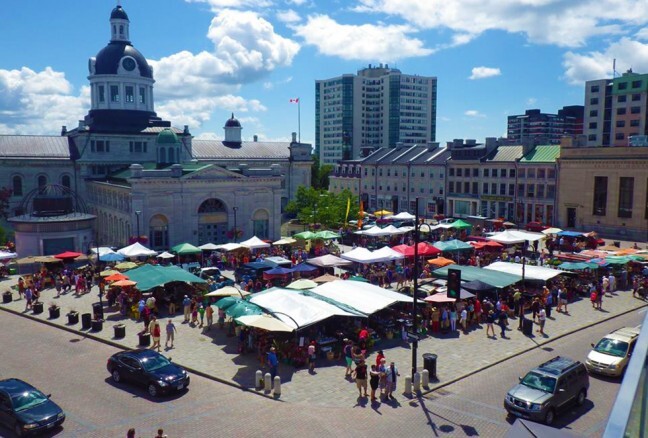
It’s back downtown for stop number four at Springer Market Square, the oldest market in Ontario. Pick up some fresh produce, prepared foods, plants and handmade crafts on Tuesdays, Thursday, and Saturdays. And don’t miss out on other special programming throughout the year, including concerts, festivals, public skating and outdoor movies.
Stop 5: Marine Museum of the Great Lakes, Pump House Steam Museum
You will get to experience two museums in Kingston at this stop. The Great Lakes Museum highlights the history and growth of shipbuilding, the life of sailors, and boasts the 19th century passenger liner the S.S. Keewatin. At the Pump House Steam Museum, learn how steam power played a key role in Canada’s industrial development and Kingston’s history.
Stop 6: Bellevue House
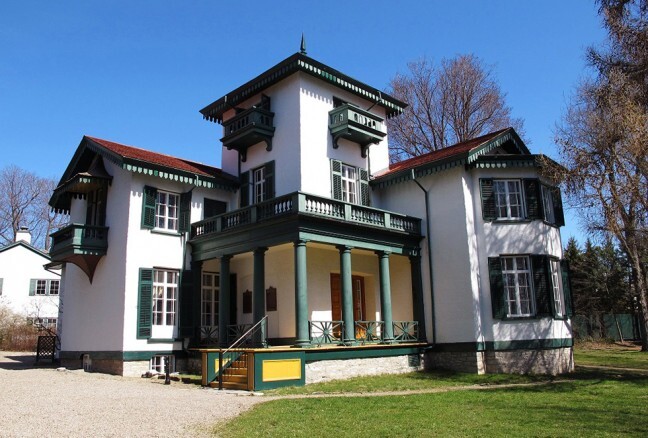
Canada’s first prime minister, Sir John A. Macdonald, rented Bellevue House in the 1840s. He wrote that he was drawn to “…the complete quiet and seclusion of the house, which is completely surrounded by trees and has a fresh breeze every blowing on it from Lake Ontario…” Now restored to the 1840s period, the house and gardens are kept much as they were when Macdonald lived here.
Stop 7: Canada’s Penitentiary Museum AND KINGSTON Penitentiary
Penitentiaries have always played a big role in Kingston’s development. Find out more about that history at this award-winning museum located within the former residence of Kingston Penitentiary’s warden. Across the street is the Kingston Penitentiary which you can tour from May through October. Built in the 1830s, the former penitentiary is the oldest federal prison in Canada and since closing in 2013 has been featured in movies and television shows like Alias Grace.
Stop 8: Queen’s University
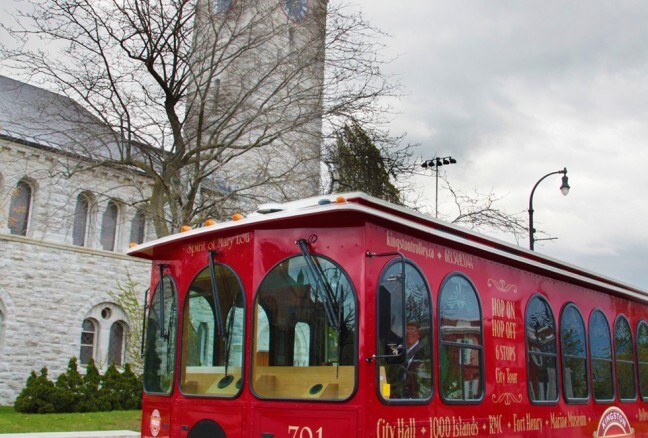
Queen’s is one of Canada’s oldest degree-granting institutions, and has influenced higher education since 1841, when it was established by the Royal Charter issued by Queen Victoria. With a beautiful waterfront campus made of limestone buildings and modern facilities, it’s a great spot to wander for a few minutes or a few hours.
Stop 9: Entertainment & Retail District
The final stop sets you back in the heart of Kingston to eat, shop, see a show or just take in the energy that makes downtown such a thriving community. You’ll also have the chance to visit St. Mary’s Cathedral, which houses the chair of the first Roman Catholic bishop in English Canada, and St. Andrew’s Presbyterian Church, which opened in 1822 and was instrumental in establishing Queen’s University.